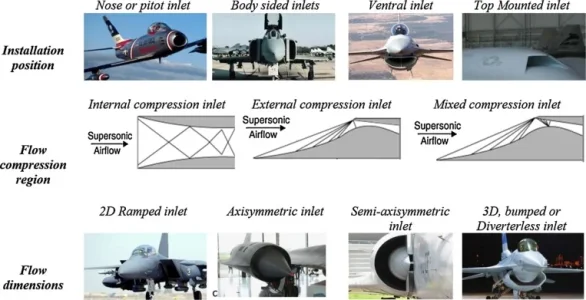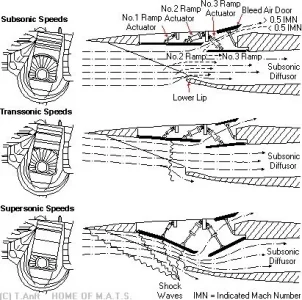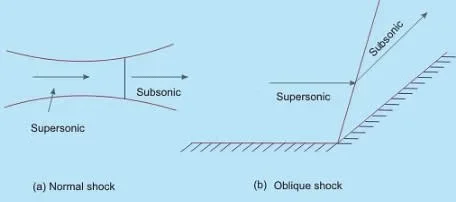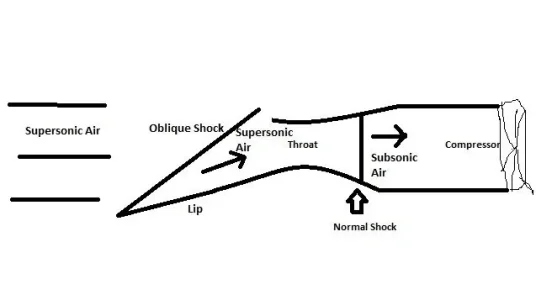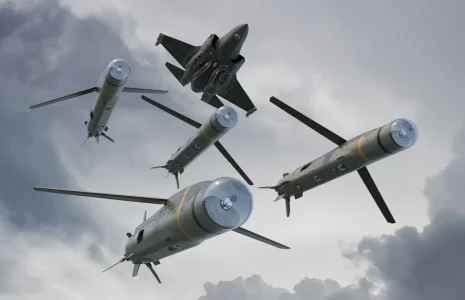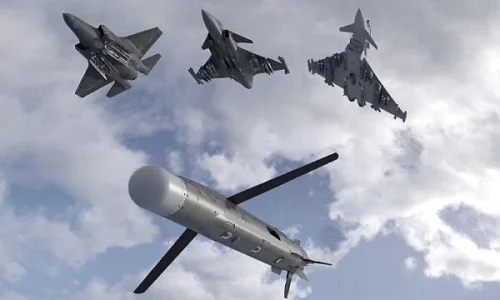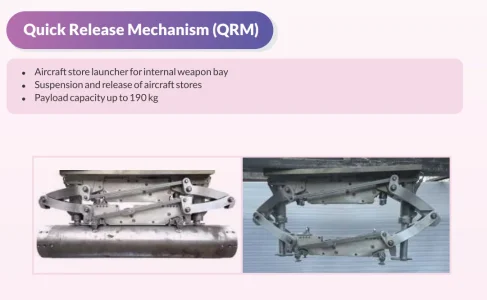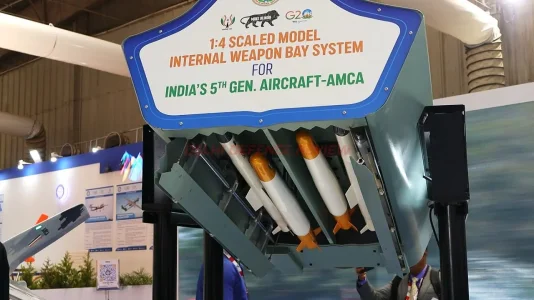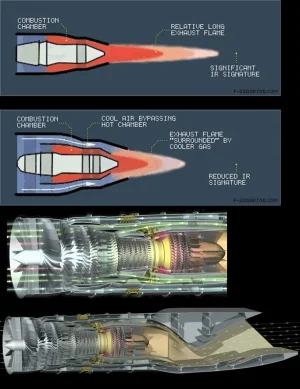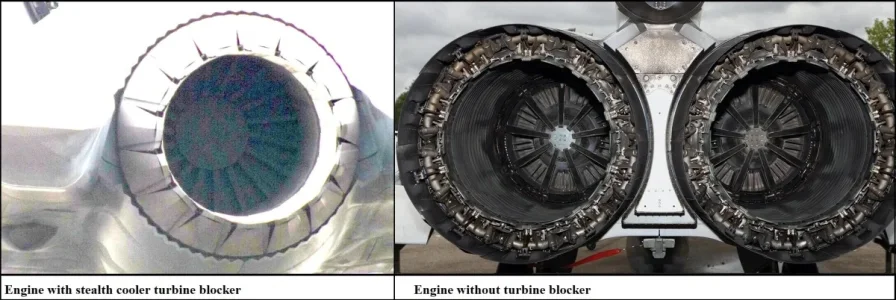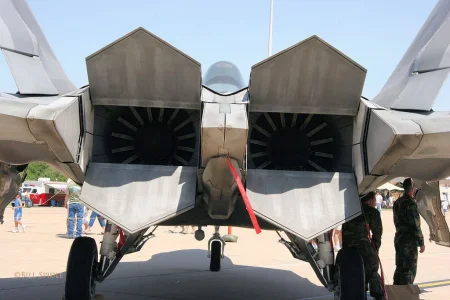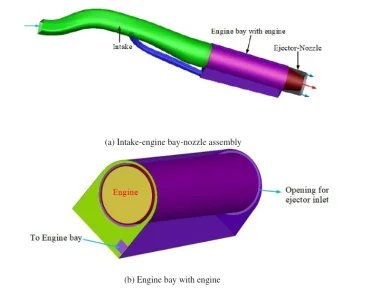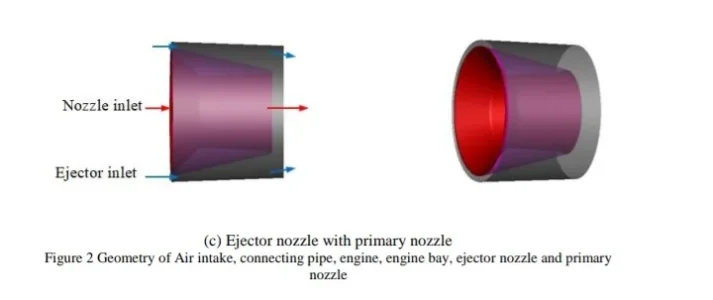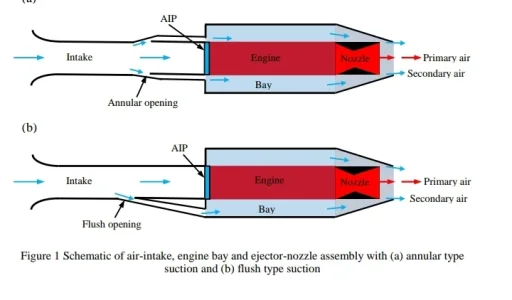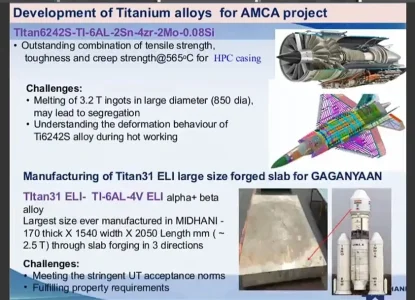- Joined
- Jul 1, 2024
- Messages
- 570
- Likes
- 847
The search for an engine developer has gone on for years. I would rule out an American OEM for TOT reasons. Even if the OEM agreed to it, that can be halted by the US Congress at any time. That leaves France and UK as possible partners with very advanced technical capability. My impression is that Russia lags far behind.So aren't we going to procude a JV engine with Rolls-Royce or Safran for AMCA? news reports that Kaveri R&D has again started to make it better.
Su-57 is a heavy category jet. We parted with Su-57 PAKFA project due to lack of ToT after funding contribution & disagreement on some design aspects. Russia itself has very few Su-57. Future of RuAF is a mystery. They may again target us as a "cash cow". Recently their AL-51 Isdelye-30 engine is making progress so they will give us AL-41 version to upgrade our Su-30MKIs.
Using Su-57 as a stopgap is debatable, but we need AHCA to replace our MKIs. And for that we need good engine for R&D. Either we can make a deal for AL-41 or with USA for engines of their F-15/16 - F110-PW-229, F110-GE-132 (offered on F-16-IN). or we need a JV engine not just for AMCA but for AHCA also.
BTW TFX-Kaan is currently using F110-GE-129.
I imagine that the governments of France and UK would block the transfer of their most advanced technology to another country. I also think that RR and SAFRAN would limit technologies transferred. I presume that TOT is the biggest impediment to reaching agreement on a new engine for AMCA. It could be that India will not accept the limited TOT offered by RR and SAFRAN, making an engine deal with either impossible. Mind you, it was reported that India wanted 100% TOT for GE F414 licence production but accepted a lower level. Perhaps India will end up doing the same with a co-developed engine for AMCA
I have no idea what tech Russia would be prepared to transfer for joint development of an engine.
From what I hear, Turkiye is aiming to develop an engine to replace the GE F110 used in KAAN principally for the purpose of sovereignty. Developing a much more technologically advanced engine is not the primary objective.

